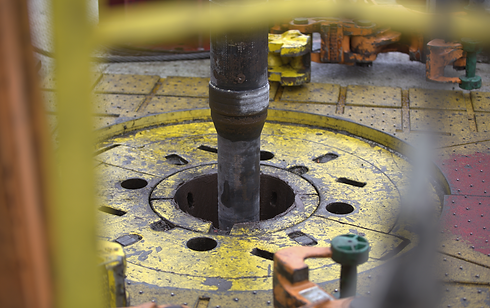
Development
With reliability at the forefront of development, DualLink has undergone a rigorous qualification process.
Close to 3,400 hours of testing has been completed to date, at sites in Stavanger, Norway and Houston, Texas.
These ‘real life’ runs on test rigs and in commercial drilling operations have clearly demonstrated DualLink's ability to enable faster and more efficient operations - as well as significant cost savings.


107 runs

10 rigs

330,407 ft drilled cumulatively

3399 hours
Load tests
Failure mechanisms such as tension, torque, dogleg rotation, erosion, temperature and pressure cycles were lab tested for the primary qualification activity. Where possible the product was tested until failure to determine actual performance.
Load testing proved the product to greater than 15 degrees per 100 ft dogleg and tension to >80% of yield and <2% sand content.


Drilling rig tests
The system trials on rig operations have shown that stable downhole power at 500W can be delivered while communicating with a minimum bit rate of 56Kbit/sec during drilling.
Field drilling rig tests have proven the ability of the system to bi-directionally communicate at high telemetry rates and send power to downhole tools, with 100% uptime.
Lifetime tests
The current design has shown to withstand erosion with fluid at 2% sand content and material ageing at elevated temperatures.
A variety of failure mechanisms were tested:
-
Electrical contact wear from connector make and break in different fluids
-
Effect of particle deposits
-
Erosion
-
Material aging
-
Fluid compatibility

